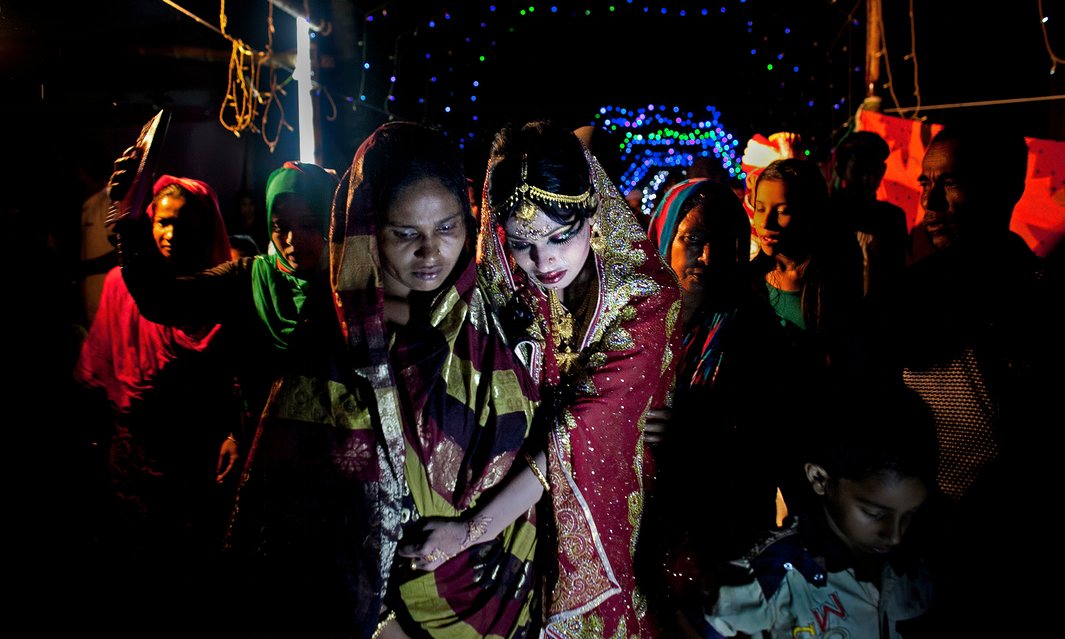Reducing child marriage and increasing girls’ schooling in Bangladesh
Child marriage stubbornly persists in South Asia, despite being associated with lower
education, higher fertility and mortality rates, and poor health among adolescent mothers and their children. According to the Bangladesh Demographic and Health Survey 2014, 59% of women aged 20-24 were married before the age of 18, and 31% of girls age 15-19 had begun childbearing. The parents of child brides are frequently mis-characterised as “ignorant” or “uncaring”, when in fact, impoverished parents are forced to make difficult choices between what is best for their daughters and what they can afford. In Bangladesh, as a girl ages, the dowry price her parents must pay for her marriage increases, while her prospects of being able to afford a suitable spouse may diminish.
Child marriage and dowry payments are deeply rooted practices, and difficult to repress by legal means. Among the alternative strategies that have been tested to discourage early marriage, providing financial incentives conditional on school attendance has shown some success. However, these incentives do little to address the problem of child marriage among girls outside the school system. There is also some evidence that empowerment and skills training for young women may delay marriage and childbearing, but there have been few rigorous studies to date on the long-term impact of such programs.
To better inform the design of interventions to reduce child marriage and adolescent childbearing, researchers conducted a long-term study in rural Bangladesh that evaluated the impact of two very different approaches — an adolescent empowerment training program and a conditional incentives program. This brief highlights some of the findings of the evaluation of these programs, with an aim to inform policymakers in Bangladesh and other countries in South Asia on effective, and cost-efficient, ways to reduce child marriage.


